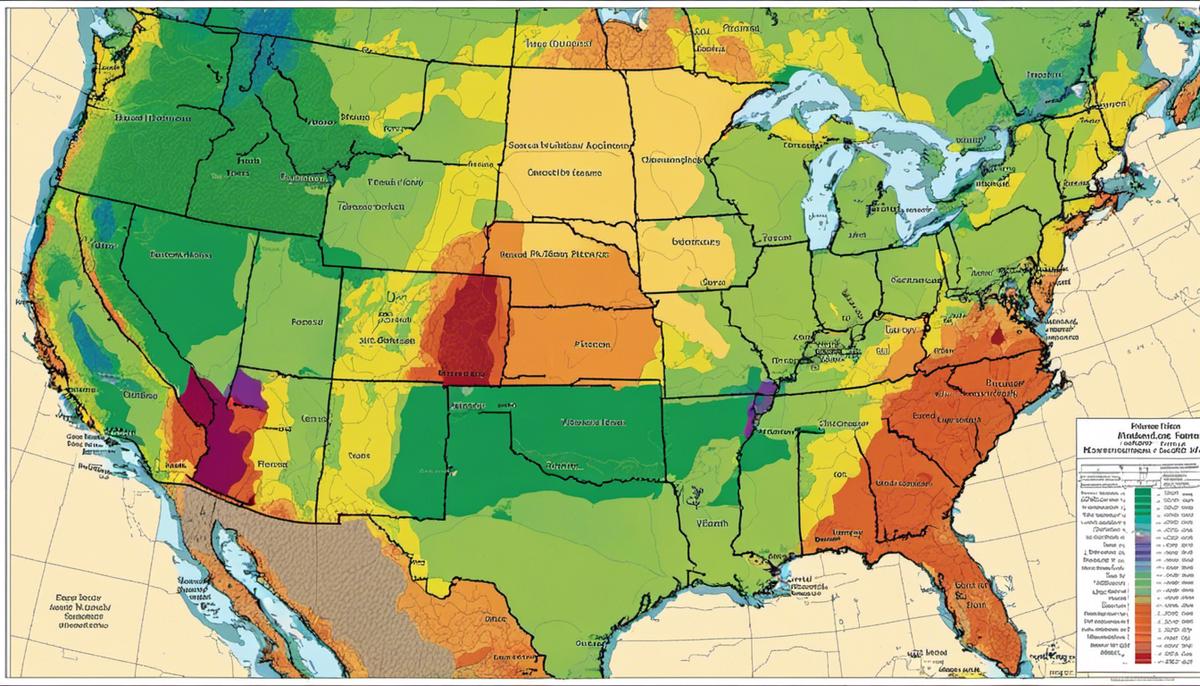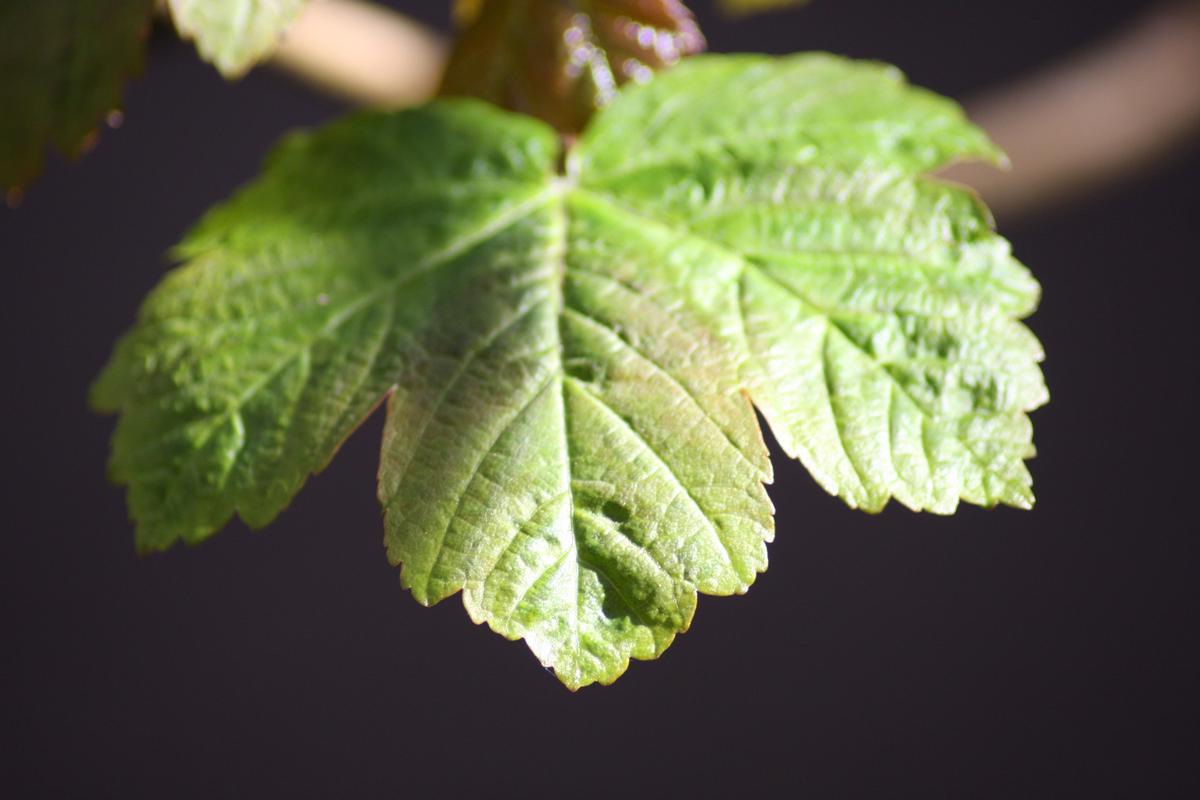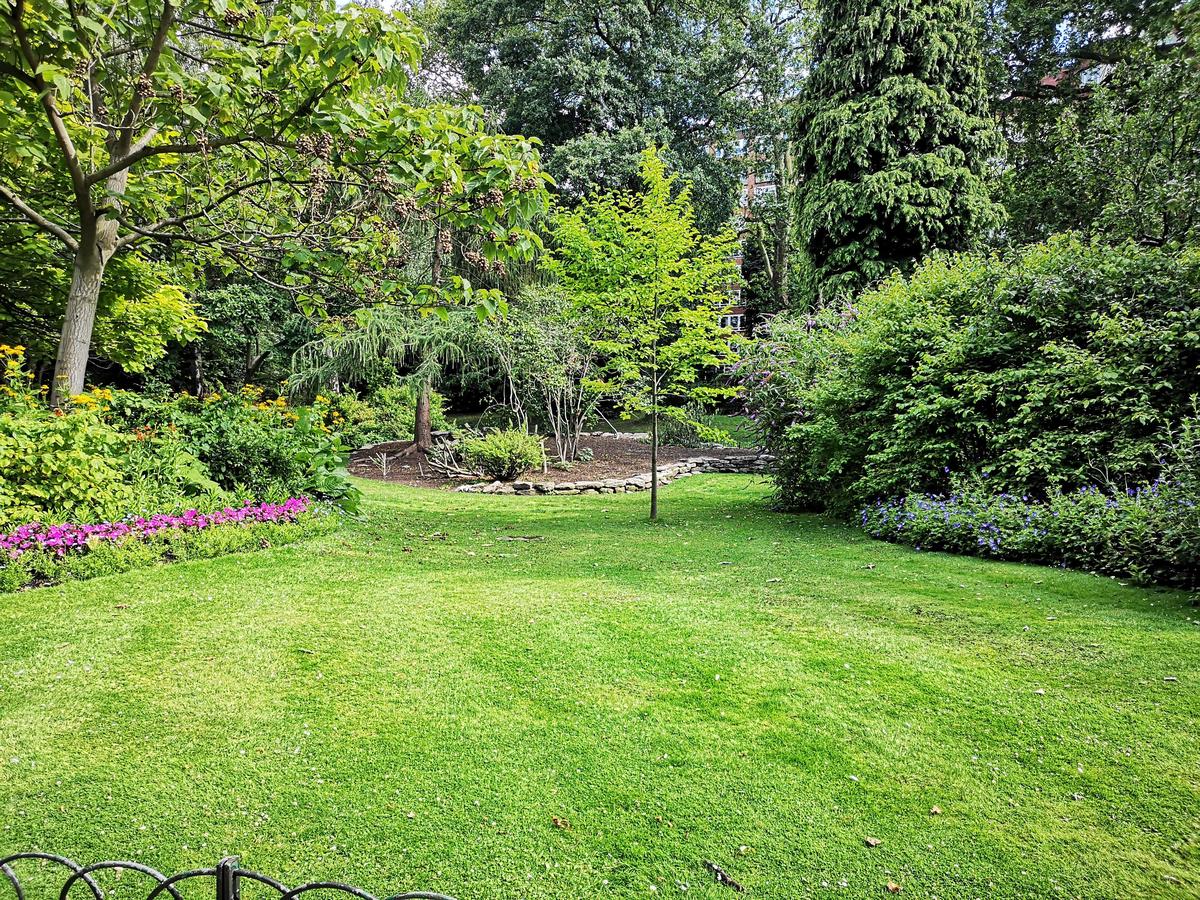Understanding Planting Zones in Connecticut

Planting and nurturing your garden is more than simply putting seeds in the ground, it requires knowledge and understanding of your local climate and conditions. One essential guide is the USDA Plant Hardiness Zone Map, which provides pivotal details for gardeners and growers, breaking down locations across North America according to their average winter temperature. This guide becomes a primary tool for defining which plants can thrive in specific locations. Our focus here is Connecticut, a state with potentially more than one zone due to its diverse climate. Knowing the state’s specific zones will be instrumental in planning your gardening activities for successful results.
Understanding USDA Plant Hardiness Zone Map
The thrill that comes with nurturing a humble seedling into a blooming behemoth of botanical beauty is something unparalleled! For all those green thumbs out there who’ve felt this joy of botanic wizardry, here’s an essential tool you absolutely need to know about. It’s called the USDA Plant Hardiness Zone Map. Yeah, it’s a mouthful, but boy, is it important! This roadmap is like gold dust for hobbyist gardeners and planting enthusiasts and here’s why.
Let’s start with demystifying this jargon-dressed angel. The USDA Plant Hardiness Zone Map is a comprehensive, geography-based guide developed by the United States Department of Agriculture. This guide divides North America into 11 different zones. No, not the stuff of alien invasions! These zones vary on the basis of their average annual extreme minimum temperatures.
“But hey, how is all this geography mumbo jumbo relevant to me?” Here’s where it gets fascinating! Each plant that you wish to see blooming in your garden or flourishing in your yard has a specific temperature range where it thrives the best. Knowledge of these zones ensures that the flowering lilac you might be swooning over, or that statement Magnolia tree you’re itching to show off to your neighbors, will actually be able to thrive in the region you live in.
Usage of the map is as breezy as a Sunday morning garden tour. The country’s division into zones is based on a 10-degree Fahrenheit difference in the average annual minimum temperature. Zone 1a being the coldest at -60 to -55 degrees Fahrenheit and 13b being the warmest at 65 to 70 degrees Fahrenheit. Each zone is further split into ‘a’ and ‘b’, with a 5-degree difference.
For example, if you live in Zone 5, your average extreme low temperature will most likely hover between -20 to -10 degrees Fahrenheit. So, when you’re buying a plant, you’d look for ones marked as suitable for Zone 5. Easy peasy!
The USDA Plant Hardiness Zone Map can be sourced online or from your local nursery. Online resources often provide interactive map versions, where you can simply type in your zip code and voila, your zone details would pop up in the blink of an eye.
Remember, rhododendrons are for zones 4 through 8, while Agave americana prefers zones 8 through 10. Understanding these zones means creating a horticultural haven where every plant feels right at home. Trust the map, and you can look forward to a garden or yard that is teeming with plant life, exuding vivacity, and absolutely singing with colors! Nigeria to the white roses, and wave hello to a thriving, vibrant garden landscape, courtesy of the USDA Plant Hardiness Zone Map. Happy gardening!

Photo by philldane on Unsplash
Connecticut’s Specific Planting Zone
Dive right into Connecticut! The land of steady habits, with its delightful blend of coastal cities and rural areas, is a delight for gardening aficionados. So, where does this miniature paradise fall on the USDA Plant Hardiness Zone Map?
Connecticut is predominantly in USDA zones 6 and 7. Isn’t it incredible how a small land area encompasses varying ranges of minimum temperatures? This variability speaks to Connecticut’s diverse landscape – from chilly winters in the northern highlands to milder coastal regions. So, you see, understanding these divisions can shape and elevate your gardening game.
In the cooler regions, generally the western and northeastern corners, you’ll find Zone 6a, experiencing minimum temperatures from -10 to -5 degrees Fahrenheit. Yes, the winters here can be a tad unforgiving, but worry not, for certain species thrive even in such cold! Consider robust perennials like hostas or hearty shrubs like the panicle hydrangea to brighten up your gardens year after year.
On the other hand, a majority of the Connecticut landscape comprising central and eastern areas fall into Zone 6b (-5 to 0 degrees Fahrenheit). Plants that flourish here include bearded irises and Japanese maples, lending striking dimensions and color to your gardens.
Now, greenthumbs in coastal Connecticut, rejoice! You get to dabble in the warmer Zone 7a (0 to 5 degrees Fahrenheit). Think beyond the common favourites and explore the intriguing world of clematis vine, or the fiery red blooms of the ‘Knockout’ rose.
But keep close attention toward the far southwestern corner of the state, more specifically Stamford and Greenwich vicinity. Here, winter temperatures become even more manageable with Zone 7b (5 to 10 degrees Fahrenheit). Have a soft spot for magnolias? You’re in luck, as the grand star magnolia flourishes in this milder climate.
So, whether your garden is tucked away in the frosty Litchfield hills or basking in the milder coastal climates, Connecticut’s vast temperature range can be your horticultural playground.
Remember, it’s not just about selecting plants that will survive – it’s also about cultivating a thriving, vibrant garden that mirrors the charm of the Nutmeg State. Now, armed with your zone knowledge, build your floral empire, one plant at a time!

How to Choose Plants Based on Zone
Using your zone information to determine what to plant in your Connecticut garden is essential to ensuring your plants’ health. The geography and climate of the region play significant roles in plant survival, and understanding your particular zone will guide you towards more effective gardening practices.
Connecticut’s landscaping diversity ensures a wide variety of plant options for every corner of this picturesque state. This diversity is adequately catered for by the USDA’s plant hardiness zones 6 and 7, which blanket the state.
Each zone in Connecticut has a unique set of plants that naturally thrive within its parameters. This distinguishes each area with a special touch of nature’s enchantment. For those living in the Western and Northeastern corners classified as Zone 6a, the Canadian Hemlock and Flowering dogwood are excellent choices for a vibrant garden. These plants are well suited for the zone’s lower temperature thresholds, usually between -10 to -5 degrees Fahrenheit.
In the central and eastern areas of Connecticut within Zone 6b, the moderate conditions welcome the Eastern White Pine and the Red Maple among others. These robust trees tolerate minimum temperatures between -5 to 0 degrees Fahrenheit, they offer the perfect blend of beauty and endurance for the Connecticut gardening enthusiast.
Coastal Connecticut, which is categorized as Zone 7a, experiences milder minimum temperatures ranging from 0 to 5 degrees Fahrenheit. The American Holly and Sweetbay Magnolia are great planting choices for these regions, as they flourish under such conditions.
In the far southwestern corner, including Stamford and Greenwich, lies a small part of Zone 7b. With minimum temperatures ranging from 5 to 10 degrees Fahrenheit, plants like the Southern Magnolia and the Crape Myrtle make remarkable additions to gardens in this zone.
By adhering to the zone specifications for plant hardiness, gardening enthusiasts can create a stunning spread of verdure in their Connecticut gardens. From the hemlock-ridden landscapes of zone 6a to the magnolia-enshrined gardens of zone 7b, Connecticut’s biodiversity promises a bouquet of wonderful options.
At the end of the day, successful planting in Connecticut goes beyond just understanding the hardiness zones; it also involves nurturing these green wonders with a healthy serving of passion and dedication. That is undeniably the true spirit of Connecticut gardening. Embrace it. Cater to it, and watch your garden transform into a vibrant spectacle of nature’s raw beauty. Happy gardening!

Once you’ve determined your specific zone in Connecticut, you have a fundamental key to successful gardening. This knowledge will guide you in making informed decisions about what to plant, when to plant, and how to care for your garden. The journey towards fulfilling gardening requires not just love for plants but also understanding the influence of climatic conditions such as those defined by Connecticut’s varied USDA zones. Therefore, fully grasp the insights from the Hardiness Zone Map to navigate your gardening aspirations and foster a flourishing ecosystem, whether you’re growing kitchen herbs or ornamental plants.



